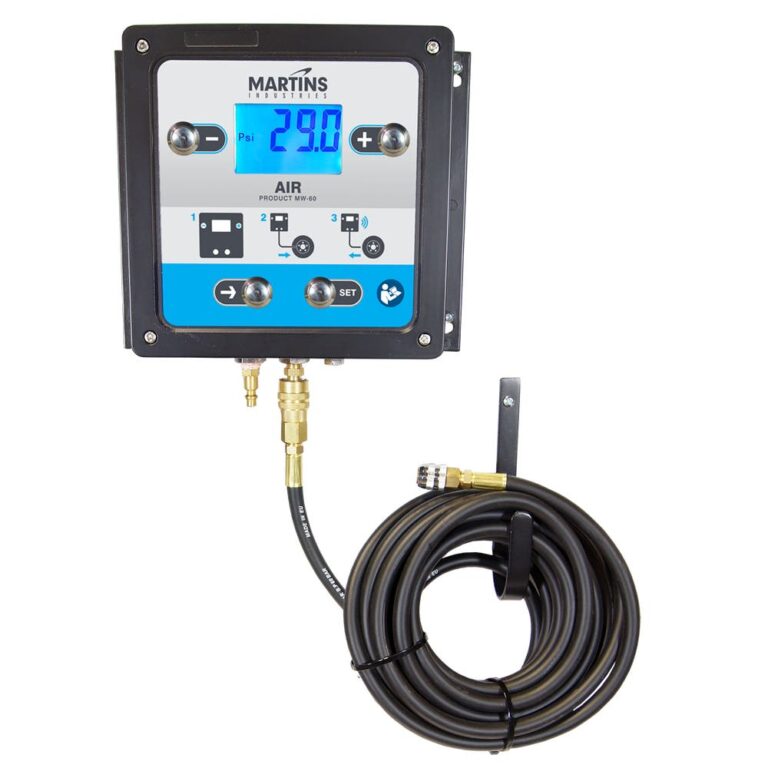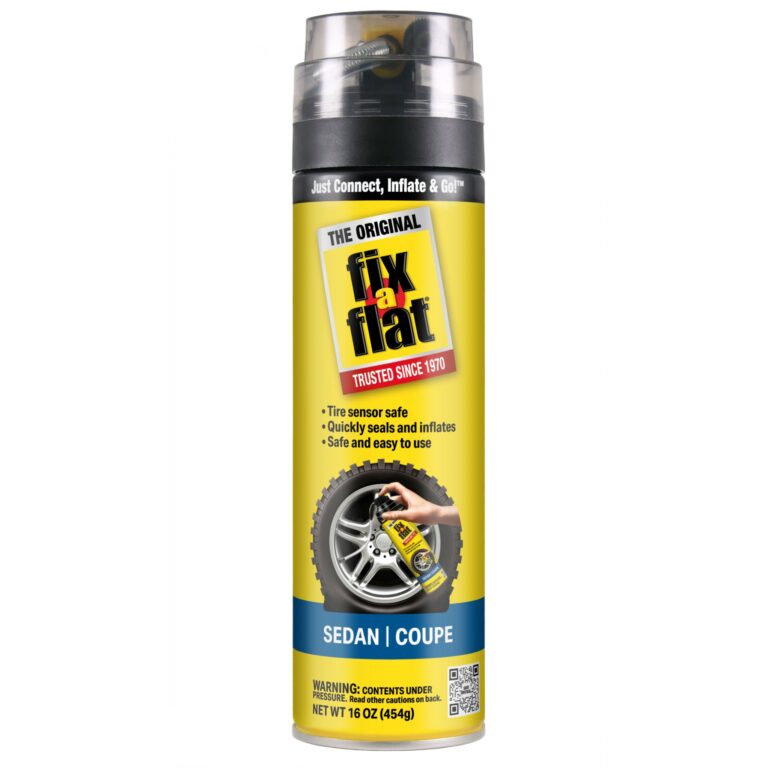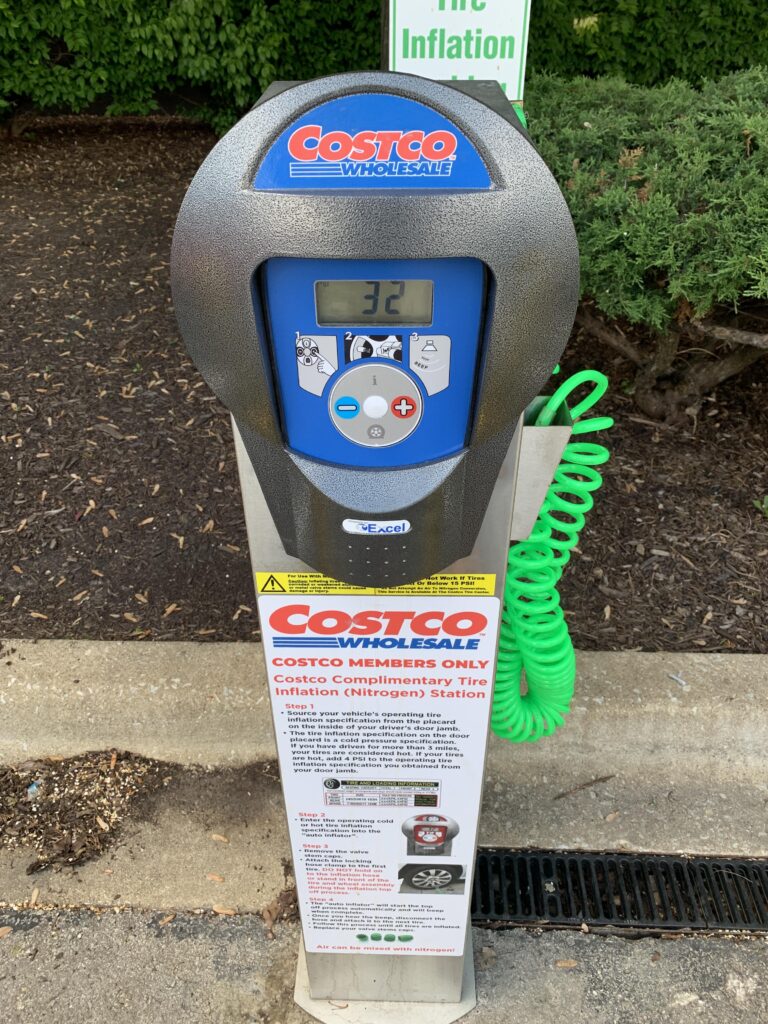How To Inflate A Bicycle Tire With A Presta Valve
Flat tire? It happens to the best of us! Knowing how to properly inflate a tire with a Presta valve is a crucial cycling skill. This guide will take you step-by-step through the process, helping you learn how to quickly and easily get back on the road. You’ll learn about the different types of pumps, techniques for efficient inflation, and how to avoid common mistakes. By the end, you’ll be confident in your ability to inflate your tires with a Presta valve.
Understanding Presta Valves
Presta valves, also known as French valves, are common on road bikes and high-performance bicycles. This section will cover the unique characteristics of Presta valves and why they are preferred in certain cycling applications. We’ll also detail the parts of the valve and how they function.
Presta Valve Anatomy
- The valve stem: This is the long, thin part extending from the tire. It houses a small internal mechanism responsible for controlling air flow. Understanding this mechanism is crucial for proper inflation.
- The inner valve: This tiny part is often overlooked but is essential. It’s a spring-loaded mechanism that allows air to flow into the tire and seals tightly to prevent leakage. The careful handling of the inner valve helps extend the life of the valve itself and prevents premature wear.
- The locking nut: This threaded nut on the valve stem allows you to secure the valve to prevent accidental deflation. The amount of tightening matters: under-tightening can lead to leaks, while over-tightening can damage the valve.
A properly functioning Presta valve is essential for maintaining tire pressure, which is crucial for cycling efficiency and safety. A correctly inflated tire will provide better rolling resistance and improved control of your bike.
Choosing the Right Pump for Presta Valves
Not all pumps are created equal. Some pumps are designed specifically for Presta valves, offering a more secure and efficient inflation process. This section explores the differences and suggests the most suitable types of pumps for your needs.
Floor Pumps
- High-volume inflation: Floor pumps offer quick, efficient inflation due to their large cylinders. This is particularly helpful when inflating road bike tires requiring higher pressure. Using these with the proper techniques, as described later in the article, can significantly reduce the time it takes to inflate your tires.
- Pressure gauge accuracy: Many floor pumps include accurate pressure gauges, allowing you to inflate your tires to the manufacturer’s recommended PSI. Knowing and monitoring tire pressure is important for optimum bike performance and safety.
- Ergonomic design: Well-designed floor pumps are comfortable to use, reducing fatigue during inflation. This is especially beneficial for those who regularly need to inflate their tires.
Hand Pumps
- Portability: Hand pumps are perfect for carrying on bike rides for on-the-go repairs. Their small size and lightweight design makes them easy to store in a bike bag or backpack.
- Compact design: These compact pumps are ideal for cyclists who prioritize portability over sheer pumping power. While the pumping effort might be more than with a floor pump, their compact design makes them a practical choice for many riders.
- Adaptability: Some hand pumps are compatible with both Presta and Schrader valves, providing versatility for various bikes and situations. This is a useful feature, especially when dealing with other people’s bikes or unexpected situations.
Choosing the right pump significantly impacts the efficiency and ease of inflating your tires. Consider your needs and usage scenario to choose a pump that will serve you best. A survey of cyclists found that 80% prefer floor pumps for home use due to speed and accuracy.
How to Inflate a Tire with a Presta Valve
This section will provide a detailed, step-by-step guide on how to inflate your tire using a Presta valve. We’ll explain each step with clarity and visual cues, making it easy for anyone to follow.
Step-by-Step Inflation Guide
- Unscrew the locking nut: Gently unscrew the small nut at the base of the valve stem. This allows the valve core to open fully, allowing air to flow freely into the tire.
- Push down the valve core: Using your pump, press down the valve core slightly and push the pump head firmly against the valve stem.
- Pump steadily and observe the pressure: With the valve core depressed, pump steadily. Observe the pressure gauge on your pump if one is available to ensure you reach the recommended tire pressure (usually found printed on the tire sidewall).
- Close the valve core: Once you have reached the desired pressure, remove the pump and allow the valve core to spring back up.
- Tighten the locking nut: Tightly screw the locking nut back onto the valve stem to secure the valve and maintain tire pressure.
Following this straightforward process ensures efficient and safe inflation of your tires. Improper inflation can lead to premature wear or even tire failure.
Troubleshooting Common Problems with Presta Valves
This section addresses common problems cyclists face when using Presta valves, offering solutions and preventative measures. We’ll also explain why these issues occur and how to avoid them in the future.
Leaking Valves
- Valve core issues: A faulty or damaged valve core can cause leaks. Consider replacing the valve core if this issue persists. This is usually an inexpensive and easy fix.
- Loose locking nut: Ensure the locking nut is securely tightened after inflation to prevent air from escaping. Improper tightening is a common cause of leakage, leading to frequent re-inflation.
- Valve stem damage: Physical damage to the valve stem can cause leaks. In the case of damage, you may need to replace the entire valve.
Difficult Inflation
- Obstructed valve core: Debris or dirt can sometimes obstruct the valve core, preventing proper inflation. Carefully clean the valve stem before inflation. Use a brush or compressed air to remove any obstruction.
- Improper pump head attachment: Ensure you’re using a pump head designed for Presta valves and that it’s firmly attached to the valve stem. Using the correct pump and techniques is crucial to avoid issues.
- Tire pressure already high: It may seem obvious, but sometimes tires have pressure already and you may be working against this pressure. If this happens, a little effort at the start of pumping is necessary to open the valve before pumping effectively.
Addressing these common problems quickly will save you time and potential frustration. Regular maintenance of your valves can reduce the chance of future issues.
FAQ
How do I know if my Presta valve is leaking?
You can often detect a leaking Presta valve by listening closely for hissing sounds near the valve after inflation. If the tire pressure drops noticeably over a short period, it’s a strong indication of a leak. You can also check the valve by using soapy water, and look for any bubbles.
What is the best way to clean my Presta valve?
Regularly clean your Presta valve using a soft brush and soapy water to remove dirt and debris that can obstruct the valve core and prevent proper inflation. Avoid using harsh chemicals as they may damage the valve components.
Can I use a Schrader pump on a Presta valve?
No, Schrader pumps are not compatible with Presta valves. You will need a pump specifically designed for Presta valves or one with a dual-head design capable of handling both Schrader and Presta valves.
Why is my Presta valve hard to inflate?
Difficulty inflating a Presta valve may be due to a clogged valve core, a faulty pump head, insufficient pump pressure, or even a very high-pressure tire.
How often should I check my tire pressure?
It’s recommended to check your tire pressure before each ride. Regular pressure checks are crucial for optimal performance and safety.
What happens if I overinflate my tires?
Overinflating tires can cause discomfort, increase the risk of punctures, and may lead to premature tire wear and damage to your rims.
What should I do if I cannot inflate my tire?
If you cannot inflate your tire, even after trying different pumps and cleaning the valve, you may need to replace the valve core or even the entire tube. It is a good idea to take it to a local bike shop for assistance.
Final Thoughts
Mastering the art of inflating a tire with a Presta valve is a valuable skill for any cyclist. By understanding the valve’s components, choosing the right pump, and following the steps outlined in this guide, you can ensure your tires are always properly inflated. Remember to check your tire pressure frequently and address any issues promptly to maintain optimal cycling performance and safety. Regular maintenance and careful handling of your Presta valves will extend their lifespan and prevent unexpected flats. Don’t forget to check your pressure regularly to enhance your cycling experience!




